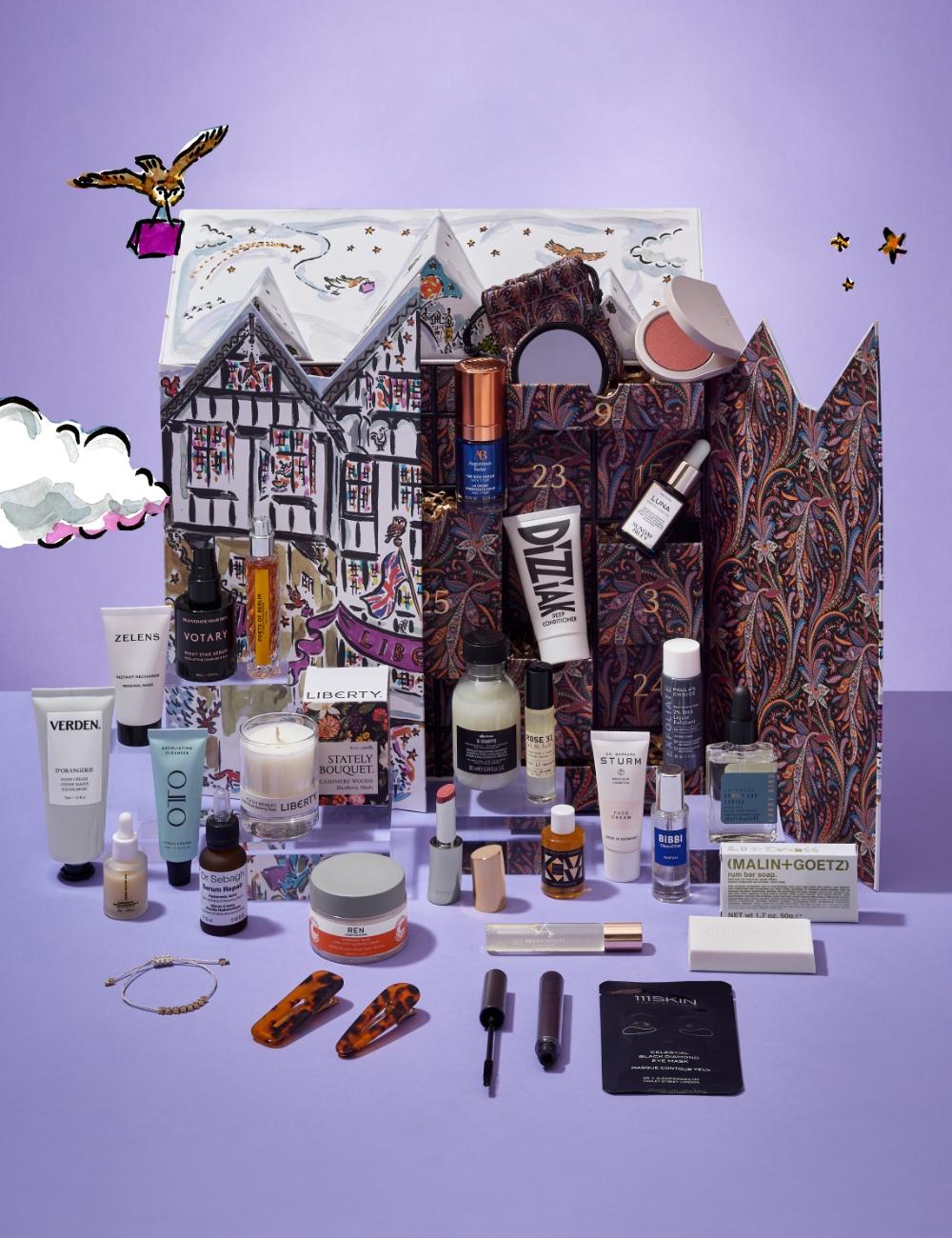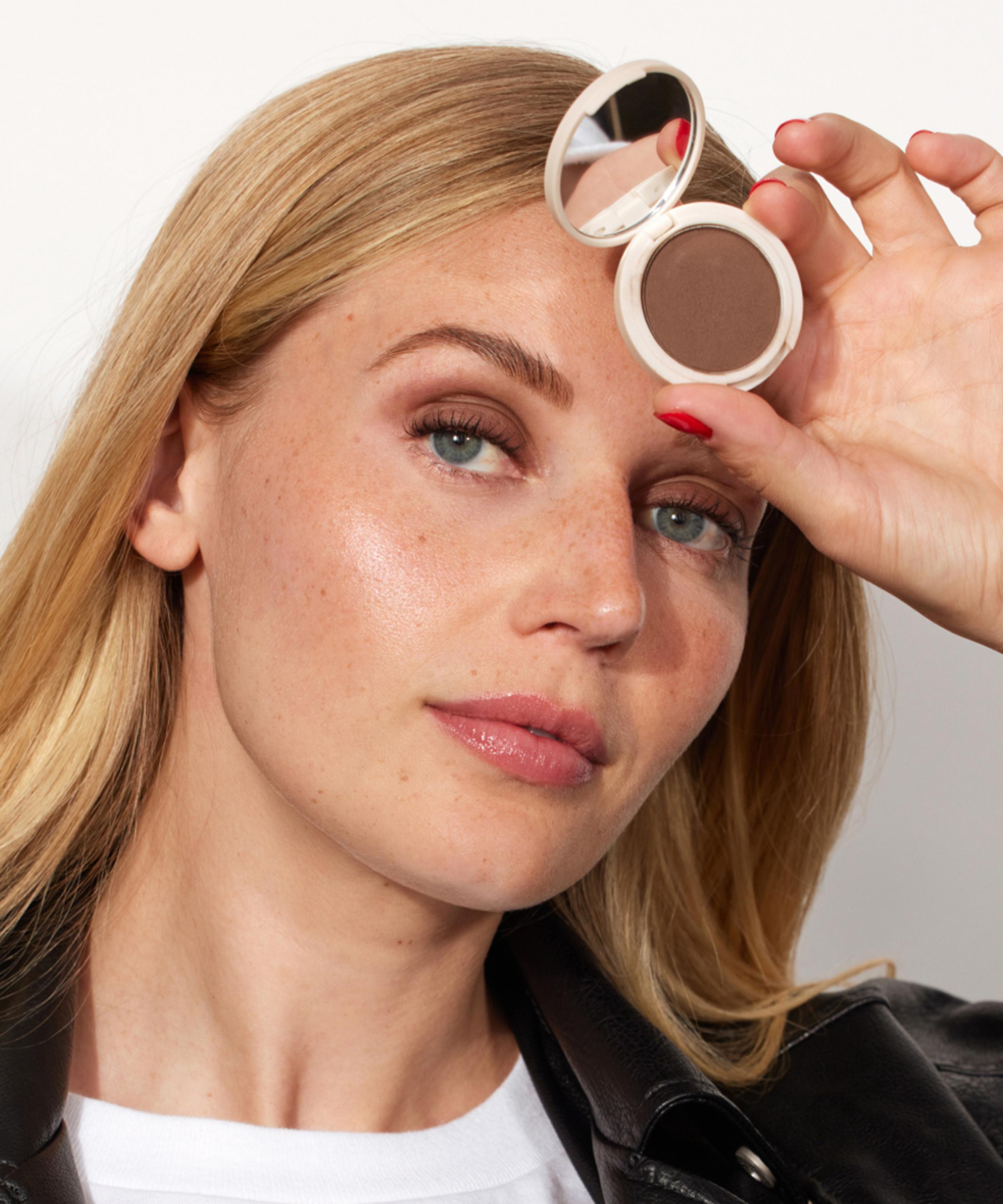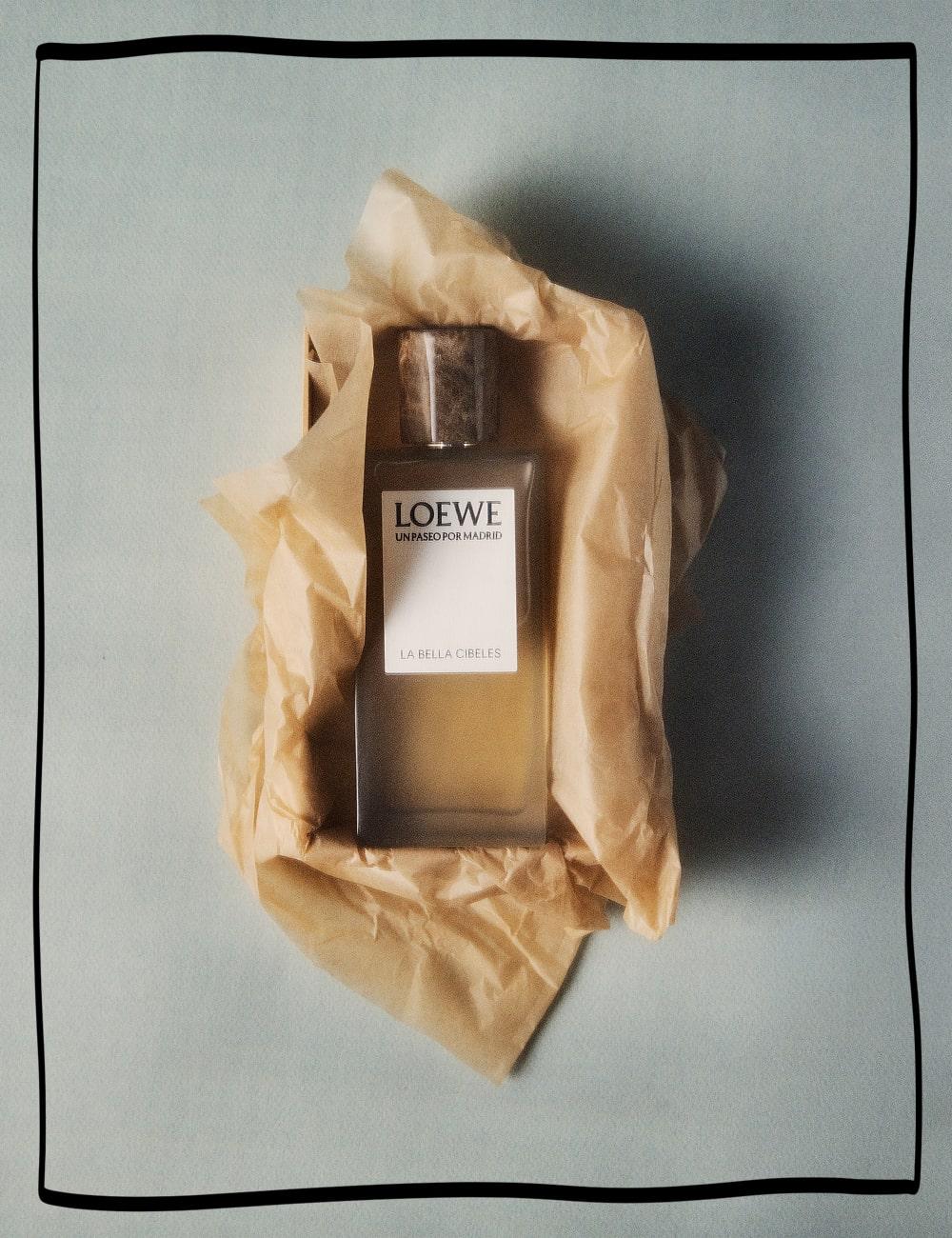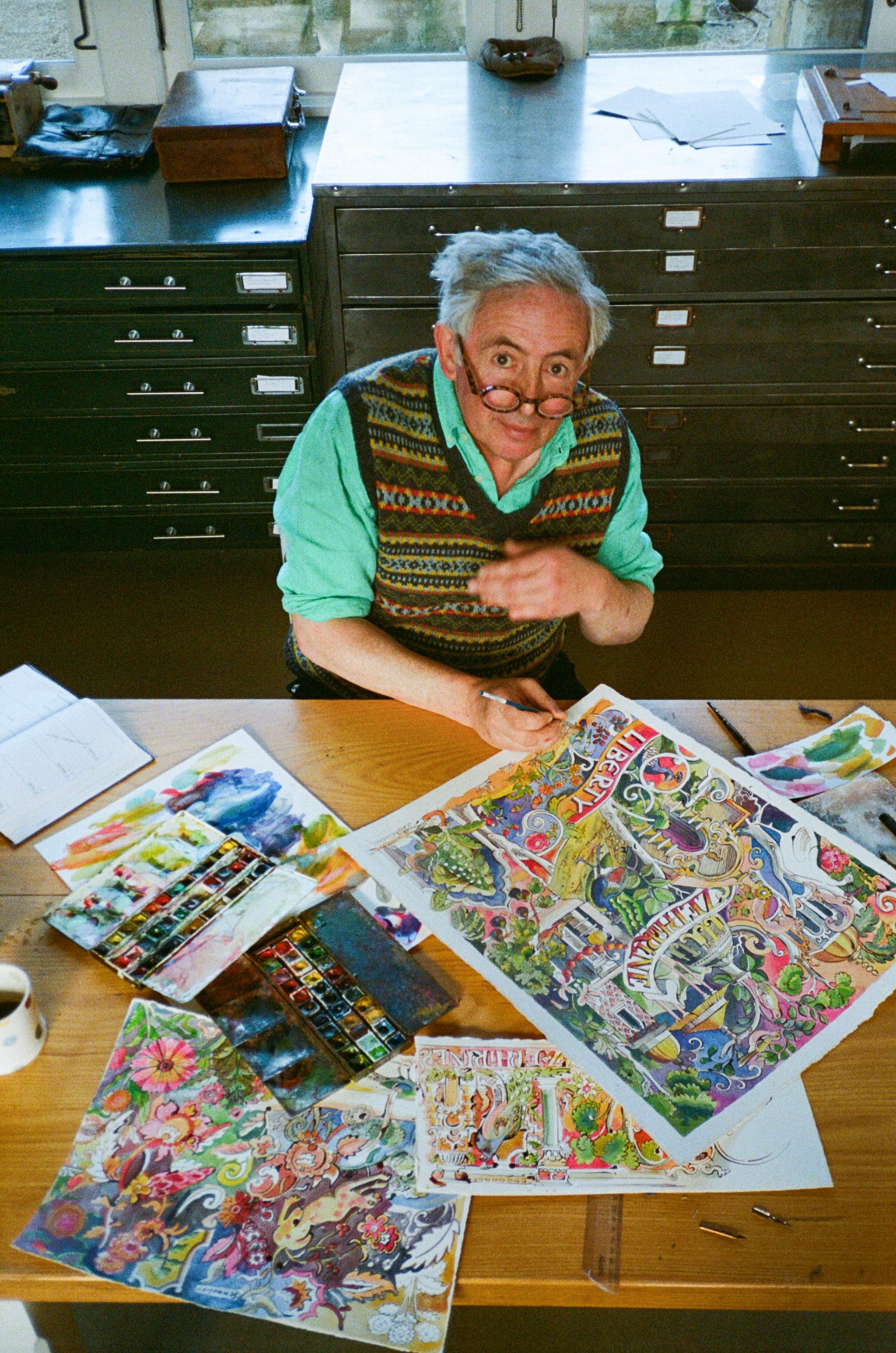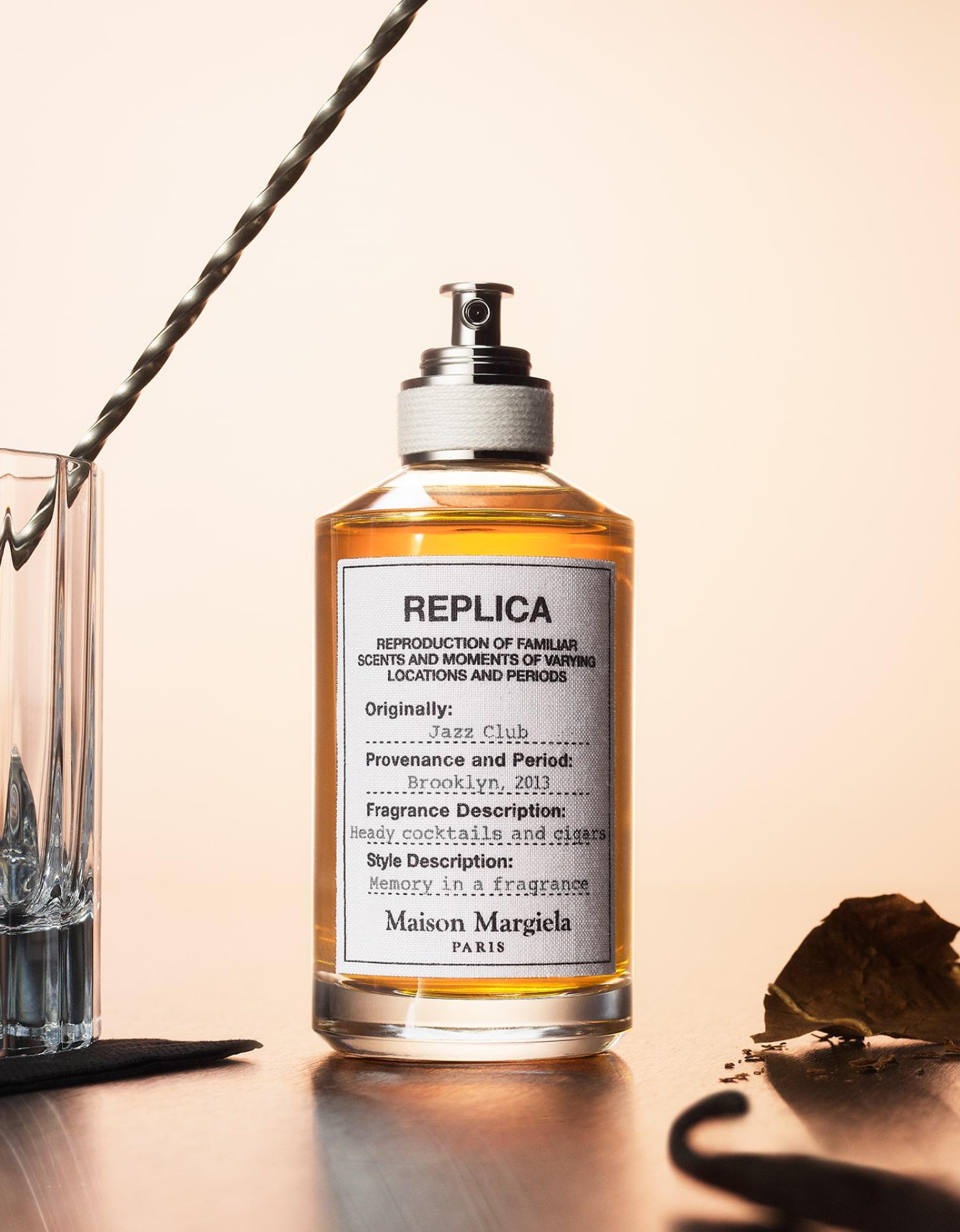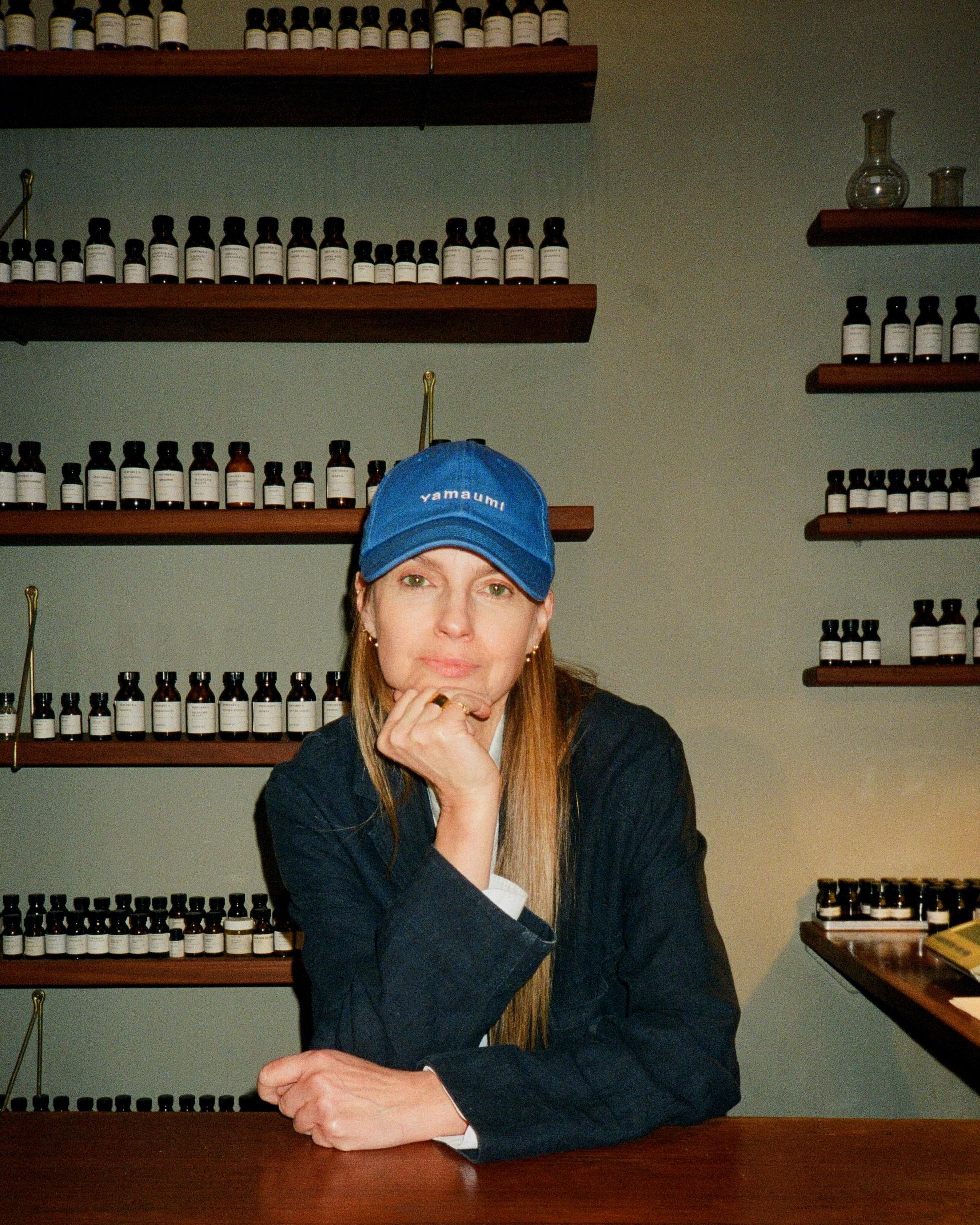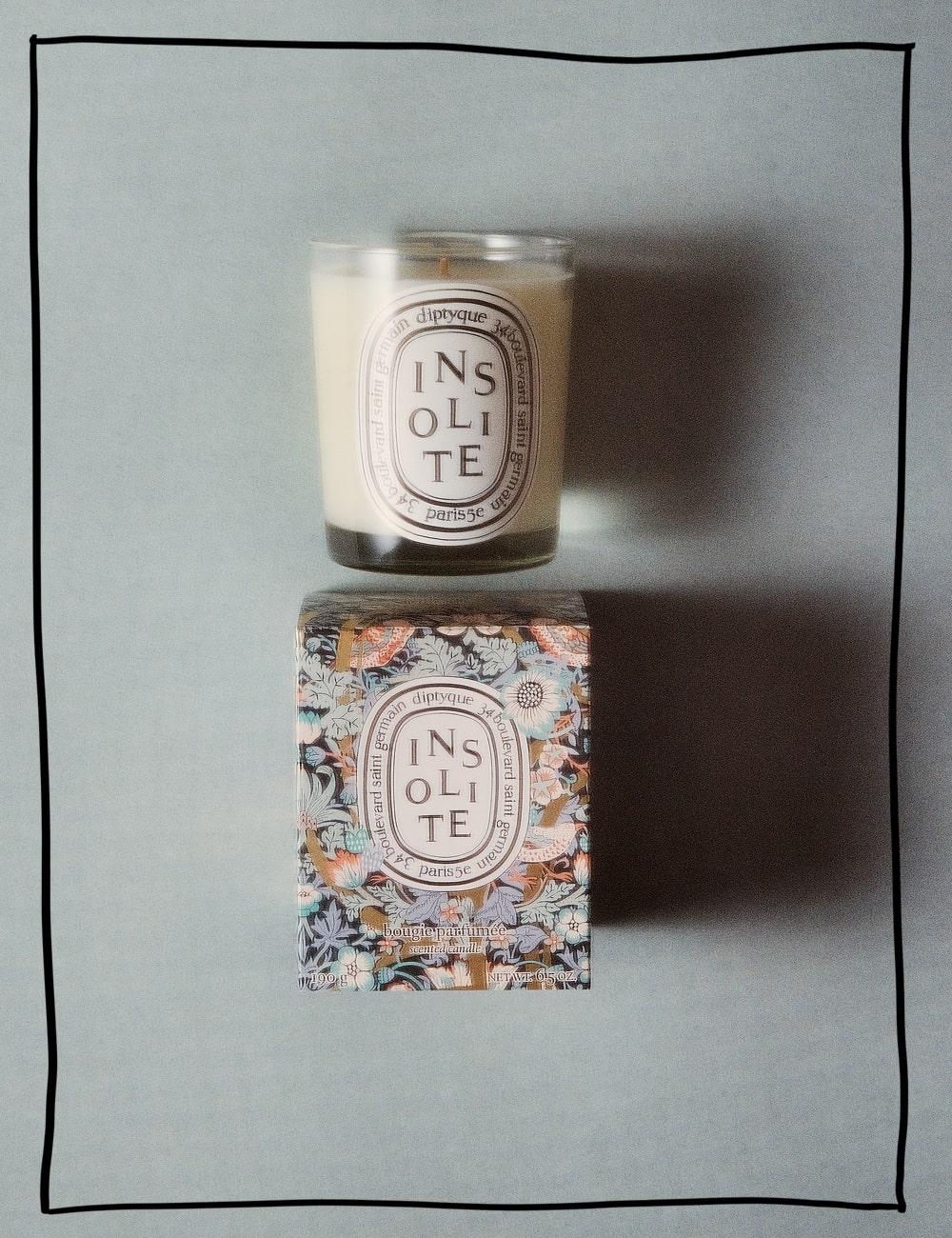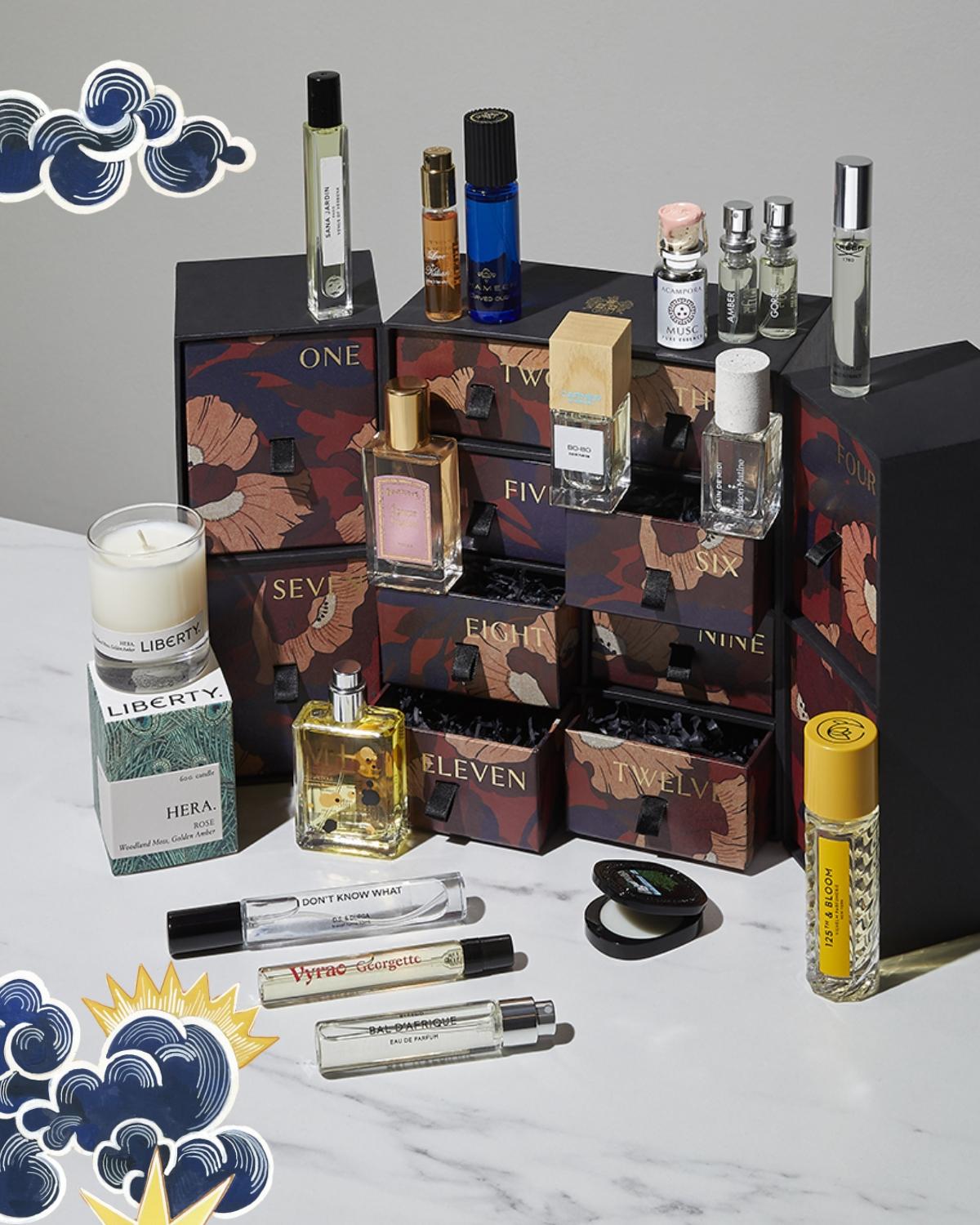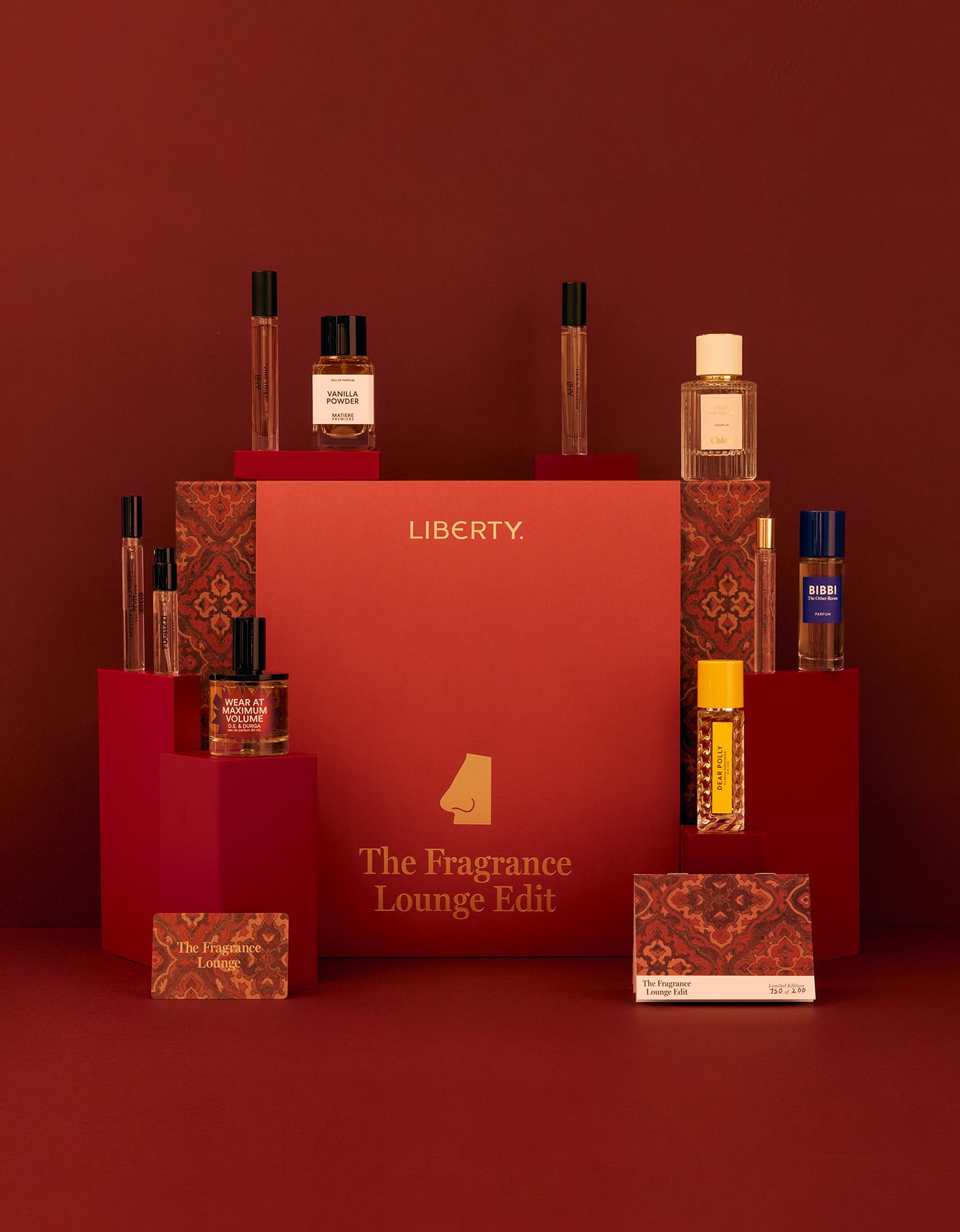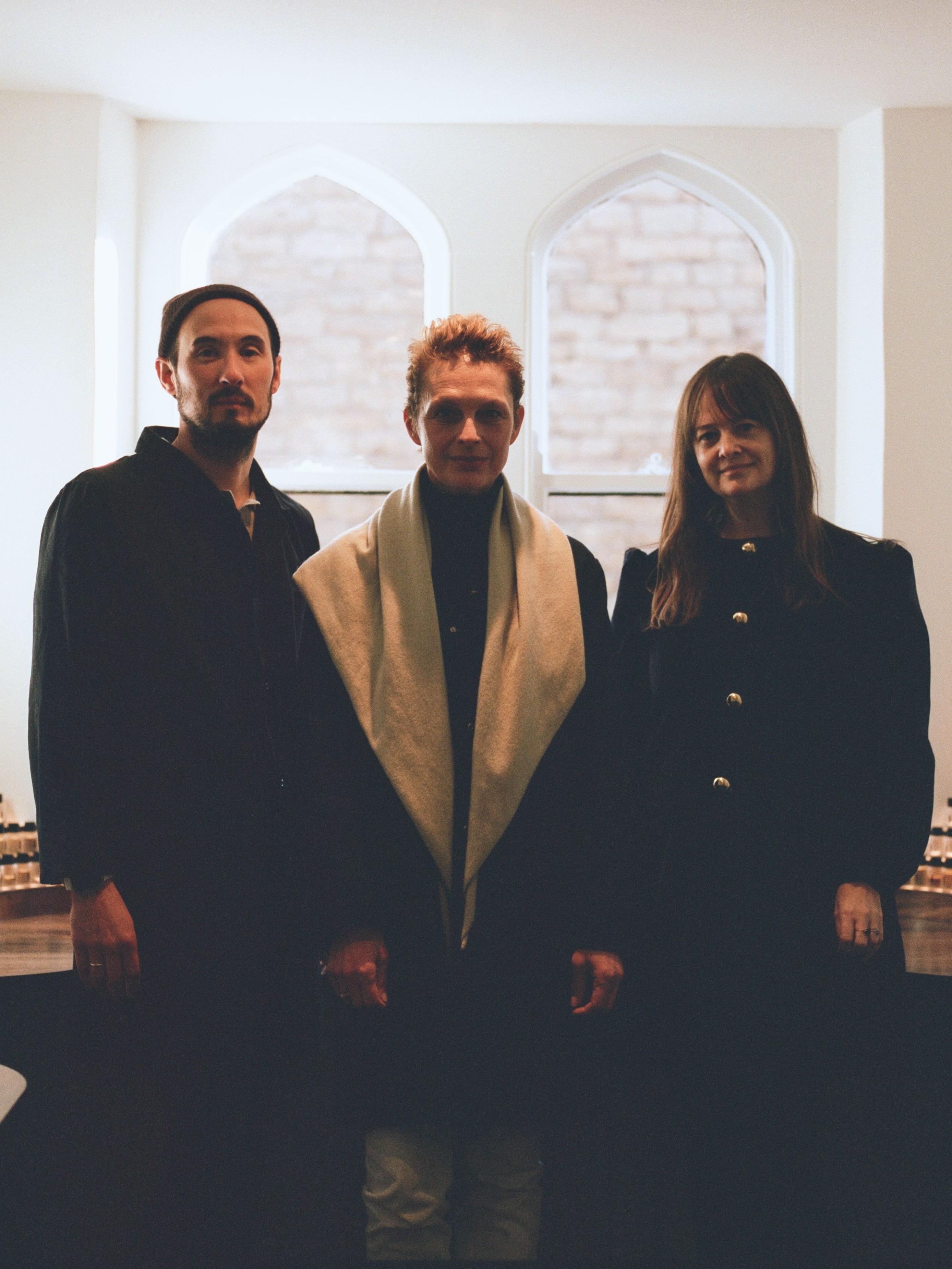How Tasha Marks Created AVM Curiosities
She’s the award-winning food historian and artist behind our new installation, The Noseum. Read on to find out how Tasha Marks discovered a love of immersive art through AVM Curiosities
Read more
How Tasha Marks Created AVM Curiosities
She’s the award-winning food historian and artist behind our new installation, The Noseum. Read on to find out how Tasha Marks discovered a love of immersive art through AVM Curiosities
Tasha Marks founded her company, AVM Curiosities in 2011 and has since been involved in a range of projects from museum-style exhibitions to limited-edition confectionary and sensory installations. Most recently, Marks has designed our new installation, The Noseum: an interactive, scented wall of noses that sits at the centre of our new destination, The Fragrance Lounge. Marks is also an award-winning artist and food historian, who explores the relationship between art and the senses through her work. She approaches her work through storytelling, with fragrance and flavour as her favourite artistic mediums, making her the perfect collaborator for Liberty’s olfactory spectacle. Here she tells Liberty about her journey to become an artist.
THE MAKING OF AVM CURIOSITIES
How did you first become an artist?
I think I always wanted to be an artist. In fact, my primary school headmaster took my dad aside when I was nine years old and said to him: “Don’t let her be an artist, she could be Prime Minister.” It was a compliment, I suppose, but it meant that when it was time for me to go to university, my dad remembered this and insisted that I did anything other than an art degree. So, I did Art History. But it turned out this was the making of my creative practice. I discovered areas of collections and cultures that I had never come across before. I became fascinated with early museums, known as Cabinets of Curiosity, which had a more immersive, multi-sensory approach to their displays. My creative practice, AVM Curiosities, heavily draws from these legacies and is named after those early processes of classification (animal, vegetable and mineral), the birth of the modern museum and a trove of endless possibilities.
Describe your work in an elevator pitch...
A multi-sensory approach to storytelling, with a focus on fragrance and flavour as artistic mediums.
When are you at your most creative?
I’m most creative when I’m learning about something for the first time. As soon as I get excited by something, it always sparks lots of new ideas. Then it's a snowball effect that grows exponentially. I also become extremely focused on making and creating. I’m not a multitasker. I’m someone who likes to be fully immersed in a project. While I can have many projects going on at once, I am laser focused on one at a time.
What advice would you give someone looking to make it as an artist?
Follow through on your ideas. Make it. Do it. Live it. Also don’t forget the admin, like your accounts and your website. They are important if you’re going to be a professional artist. But most importantly, be nice and work hard. Your reputation is not just your work, but also the memory people have of working with you. I've worked with people who get back in touch with me years later, because there’s a new opportunity and they remembered me and my practice and want to collaborate again.
The Noseum
Tasha Marks
Who is your creative muse?
My wife. She always listens to my ideas and responds with something better. She’s also super enthusiastic and inspires me every day with her positive energy.
What does success look like to you?
Inspiring others and changing people’s minds gives me a great sense of achievement. I come from an academic background, so creating something that might outlive me is success. It’s the greatest compliment for me when people choose to research my work as part of their dissertations or PhDs. On a smaller scale, being my own boss and having autonomy in my career is something I’m fortunate to have. I’ll always be thankful for that freedom and for being able to make it work.
What are your three best tips for creativity?
1. Procrastination can be as important as productivity. Allow for the ebb and flow. You need time for nothingness, for quiet, calm and switching your brain off, as much as you need those chapters of intense output and creation.
2. As the late, great Iris Apfel said ‘Be interested. If you’re not interested, you can’t be interesting.’ Go to exhibitions, read books, watch films, talk with inspiring friends. Learn from others, respect the skills of your peers, and collaborate. Be generous with your time and attention.
3. Try not to be too much of a perfectionist. Some of the best ideas start off as mistakes.
The Noseum
The Liberty Fragrance Lounge is quite a unique setting for your work. How do you address working within a retail space as opposed to an exhibition hall?
The setting of Liberty is part of the story of the Noseum. The nose is a symbol of skill, which is directly related to its placement in The Fragrance Lounge. It might not have had the same meaning in a gallery. Having said that, the biggest difference is the setting. In a gallery or museum, people are generally reticent to touch anything. So, my first challenge is to break down those boundaries to get visitors to interact with the work. However, a retail space is quite a tactile environment, so I expect people to engage with the work a little more readily and jump in nose first!
What is one of your all-time favourite scents?
I’m someone who is fascinated by 'smell' in the broader sense. So, while there are perfumes that I love (such as Laboratory Perfume’s ‘Samphire’ and Carthusia’s ‘Via Camerelle’) because of the people they remind me of, or the times in my life that I wore them, my favourite smells are more everyday things. I love the aroma of freshly cut grass and freshly brewed coffee, and the smell of my house after coming home from a week away. The smell of home is something you don’t notice until you come back to it after some time apart. It’s the truest expression of fragrance and identity.
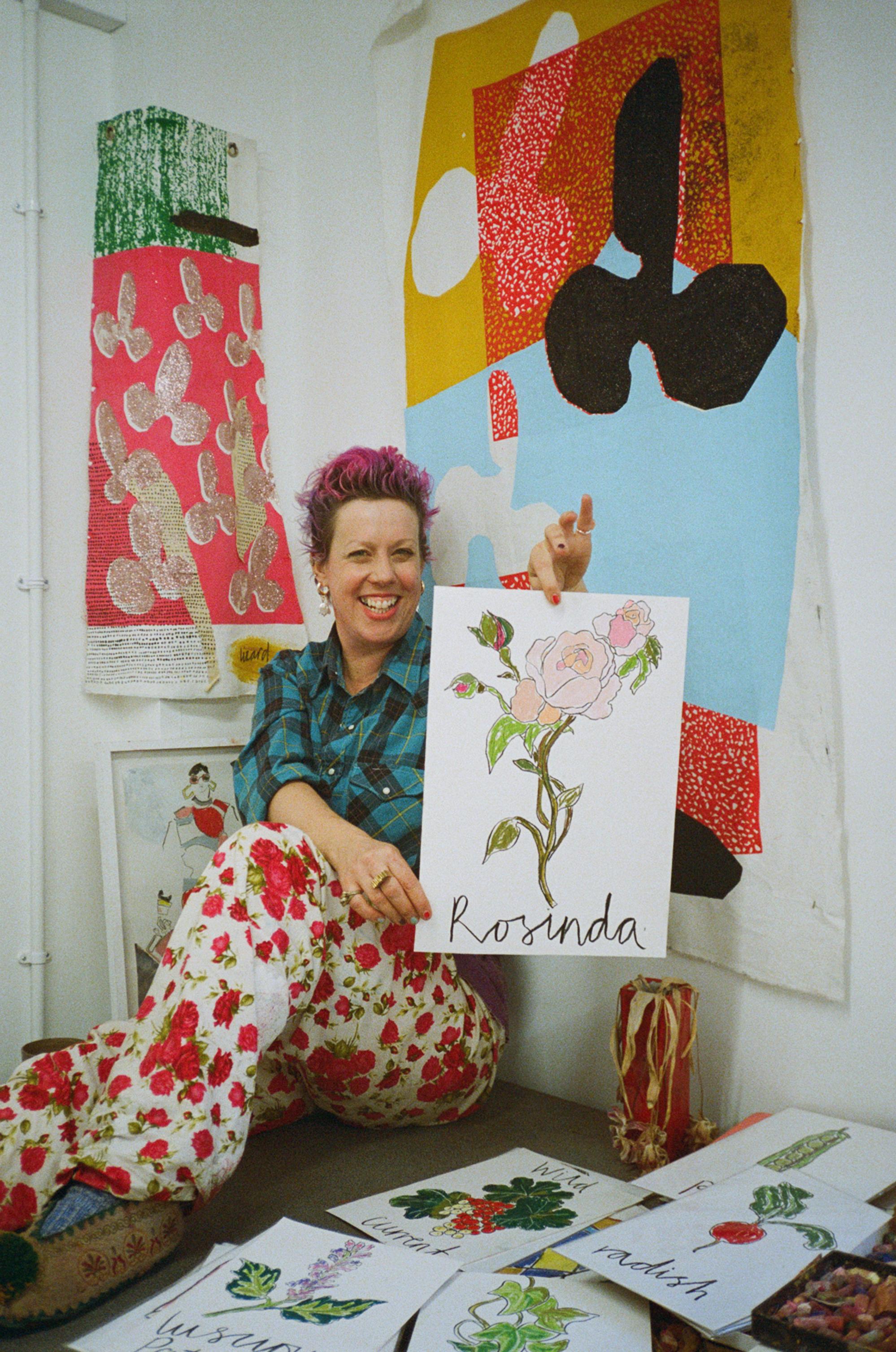
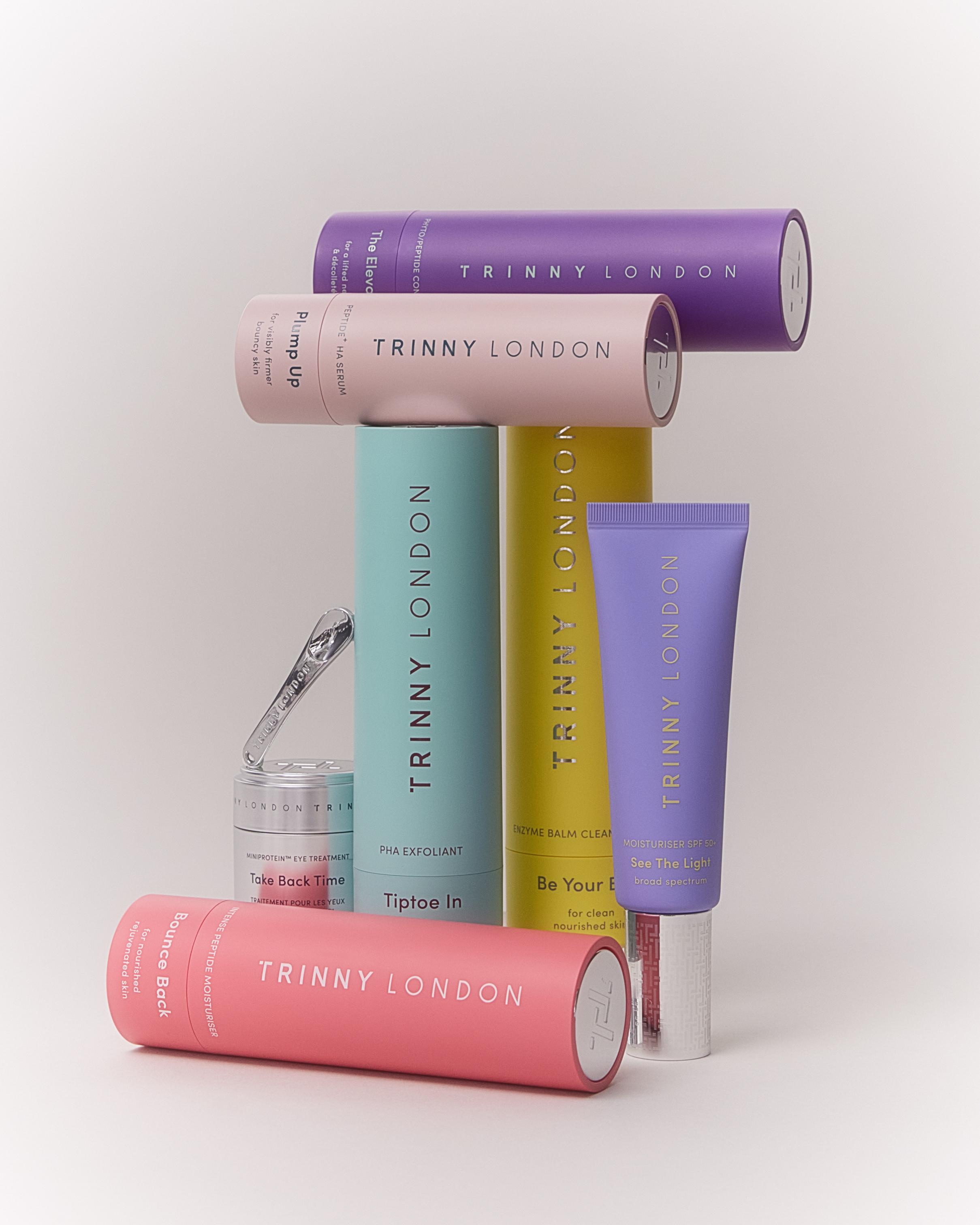
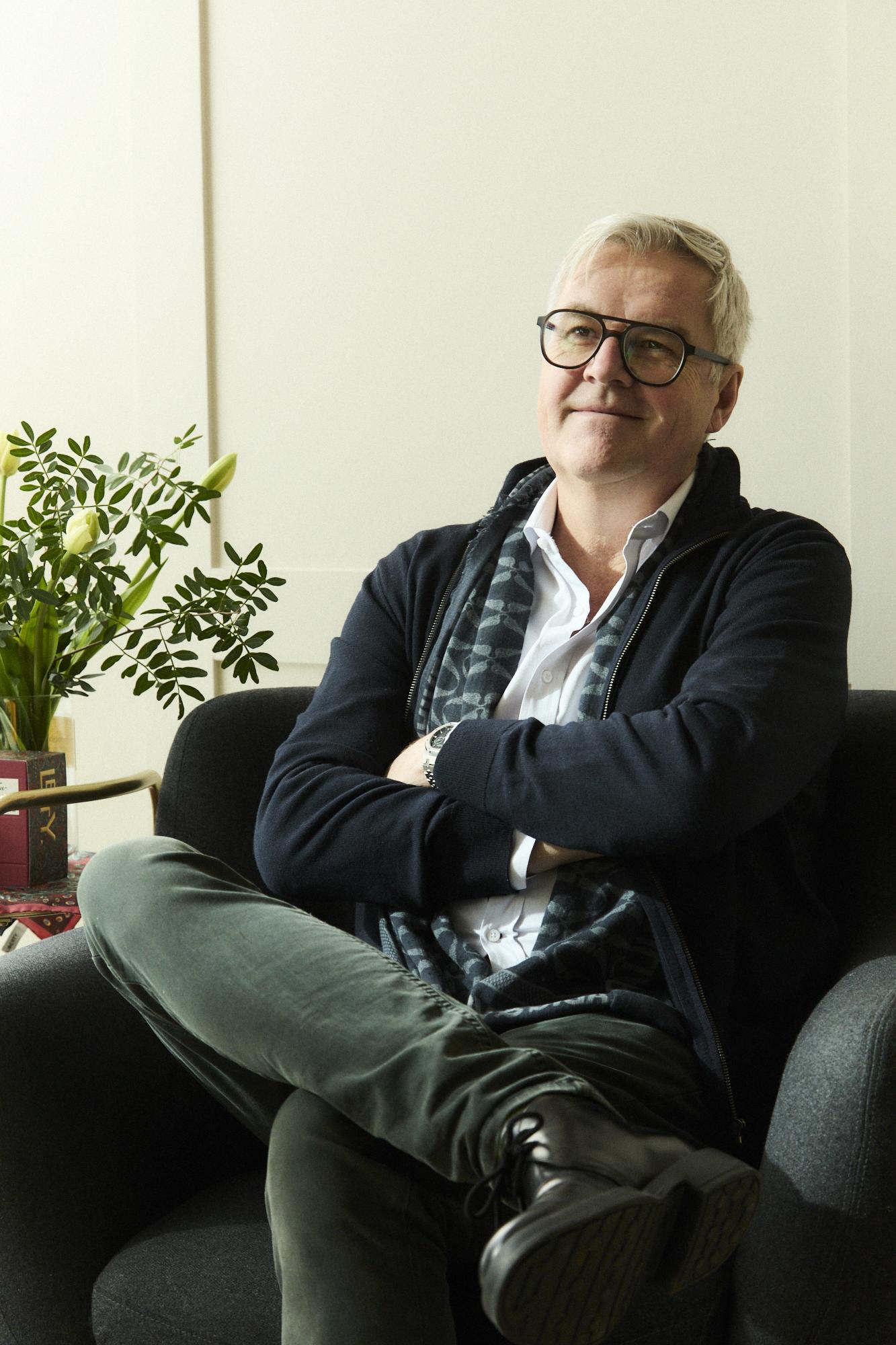
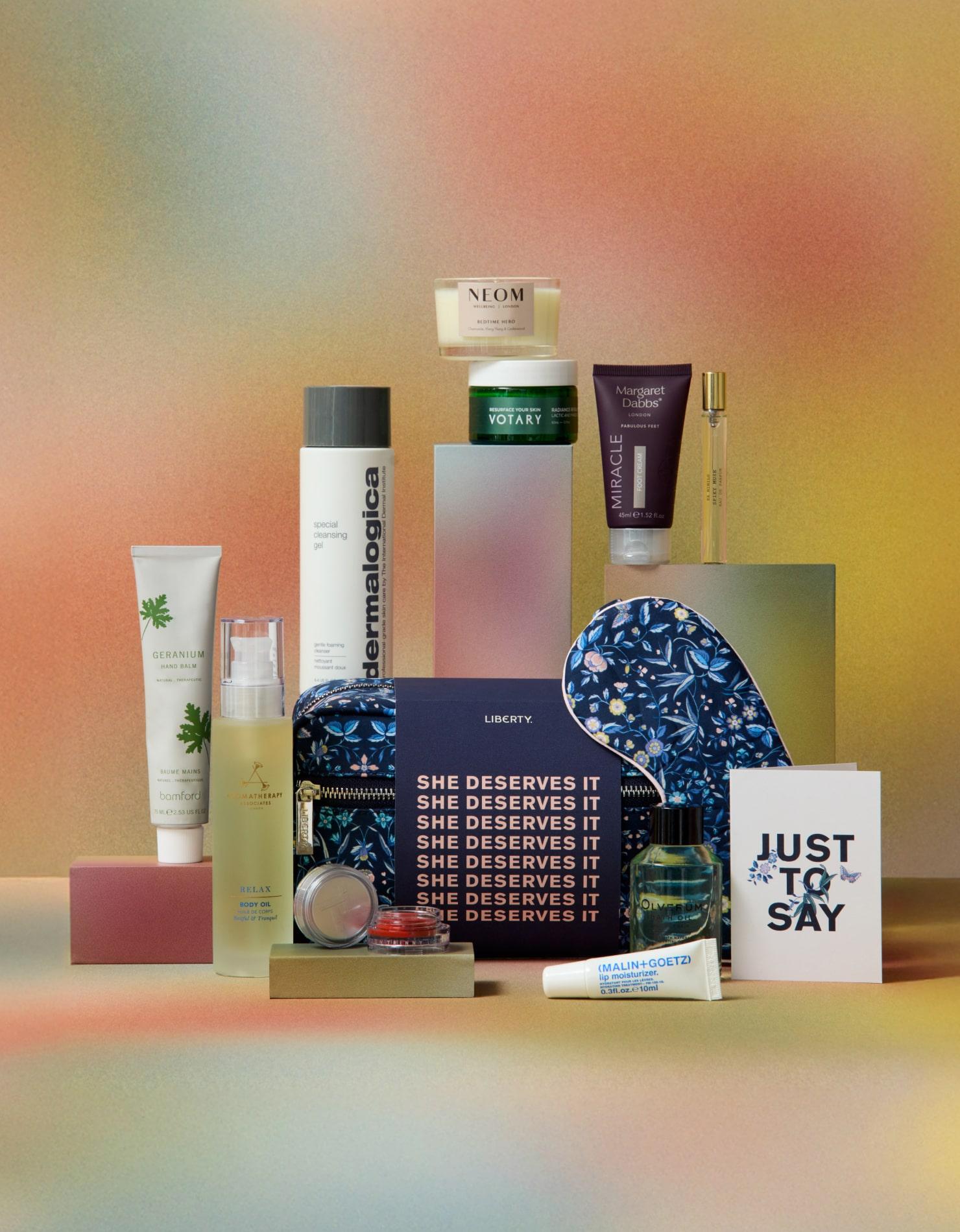
?fmt=auto&qlt=default)
